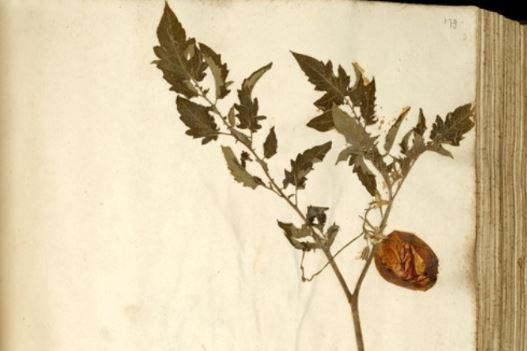
Past processes that shaped the current genetic diversity of the domesticated tomato are still largely unknown. Using Illumina HiSeq, we sequenced and compared full genomes from tomato accessions stored worldwide in genebanks and herbaria up to 182 years ago.
The aim was to gain more insight in the bottlenecks that narrowed genetic diversity after domestication in the Andes and subsequent industrial breeding in Europe and the US.
As a result, chloroplast, mitochondrial and nuclear genomes were recovered with moderate to high read depth by mapping reads on the fully annotated genome of the inbred Heinz 1706 cultivar. Accelerated and relaxed levels of evolution of genes coding for pathogen resistance, shape, taste and ripening of tomatoes were recovered with HyPhy. Increasing patterns of de-amination over time were visualised with mapDamage.
The conclusion of this project was that museomics proved to be an effective tool for discovering genetic diversity lost during the breeding process.